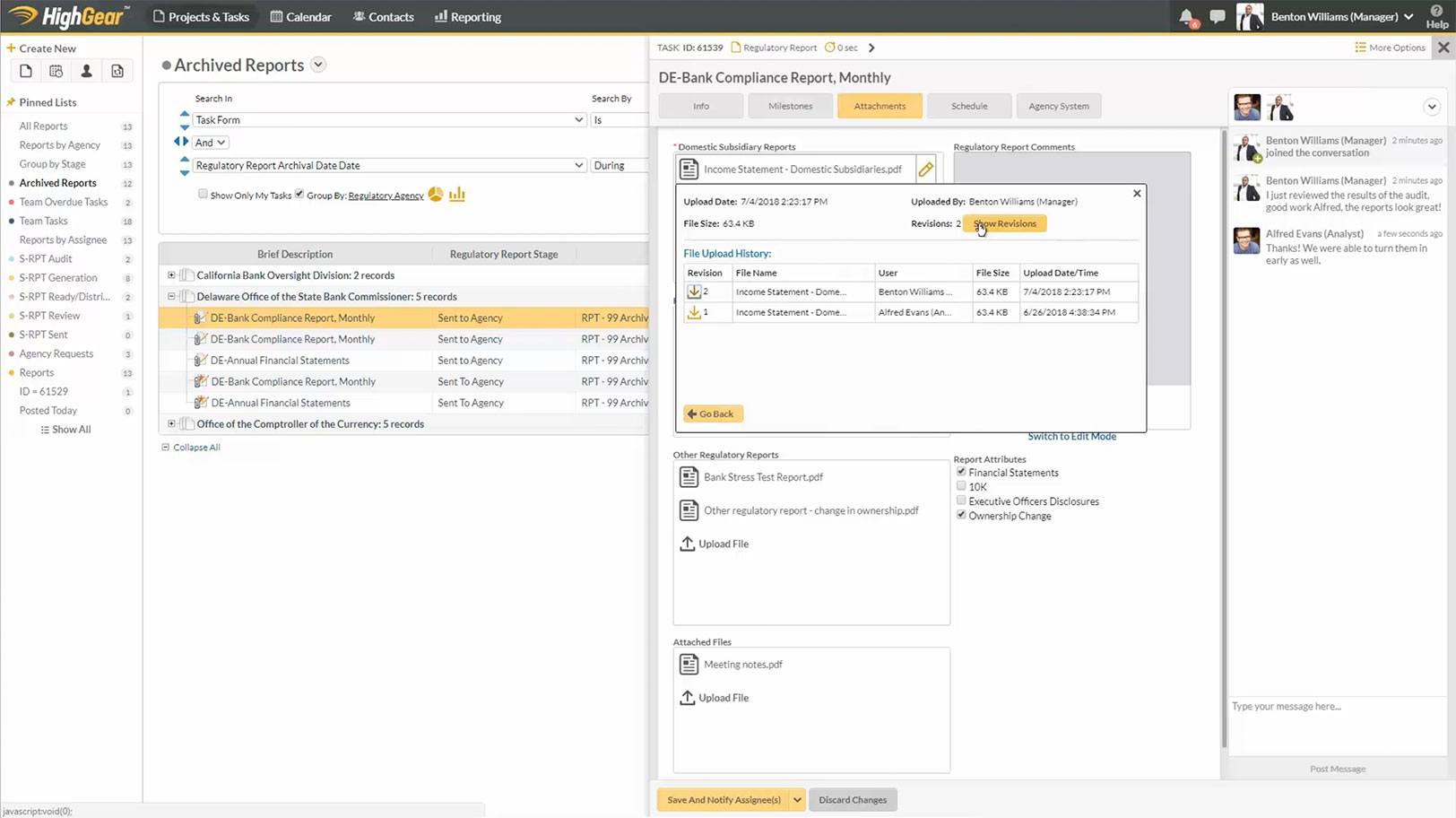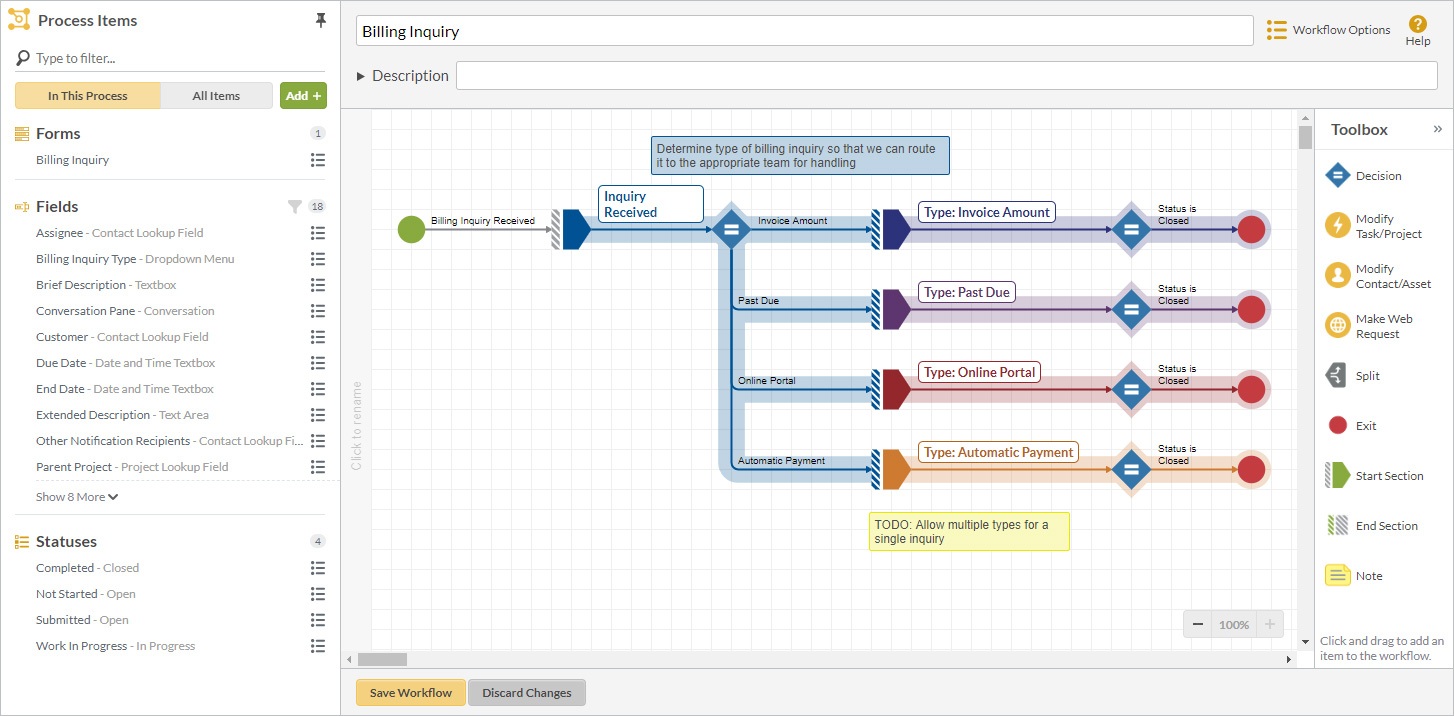Workflow management essentially deals with the automation of business processes, and the allocation of work across your staff in a way that allows you to optimize throughput of work tasks, i.e. workflow. Workflow management seeks to marry individual tasks which go to make up your business process, with the appropriate worker who is best situated to complete them. Once a task is completed, the work moves to the next step in the business process.
Let’s take a look at an education example.
When a potential student makes an application to a college, this is input into an electronic system. The application may be completed online, or it may be a preset form which can then be sent via email and captured by the workflow solution.
The act of filing a college application triggers preset processes, including the routing of the application to the appropriate college department and more probably down to a designated staff member. This allocation to a staff member may itself be based on some rules regarding workload, which department or course of study the student is applying to join, or any other set of factors the college may wish to use.
Benefits of Workflow Management
A major benefit of workflow management is that a good solution will also include the ability to maintain documents, files and other artifacts in a digital format which can then be joined with the work as it flows through the process. The benefit is that work documentation is maintained and updated in one place, where both the people working on each associated task and any other member of the team, including management, can find everything they need in one place.

For instance, with our college application, both the original application and any supporting documents such as transcripts, certifications, letters of recommendation and so on, can all be stored and accessed in the same place no matter what stage of the process the application is at. This saves valuable staff time as they no longer need to go hunting for various pieces of paperwork which can become scattered across the physical work environment or even lost.
As the application proceeds through each stage, the documentation can be updated by both the staff member and the workflow solution itself, for instance the staff member may have manually checked transcripts for meeting minimum academic standards, and the workflow can time and date stamp when this occurred and who did this work before passing it on to the next stage of the process.
The ultimate result is that the application moves from application to approval/rejection much faster and in a more efficient manner.
Staff are focused upon the work they must do now, and they do not waste their time looking for the supporting documentation they may need either to perform the current task, nor to validate that earlier tasks have actually been completed. Where there is an issue, it is relatively quick and simple to track down where the problem in the workflow has occurred and remedial action can be taken.

If you are experiencing any of the following problems, then you ought to be looking at implementing a no-code workflow automation platform for your own business or organization:
- Staff are spending substantial periods of time hunting down documentation, waiting on documentation transfer, relying on manual, paper-based transfers of files, losing documentation, or even working on a task that someone else is also working on or has already performed.
- Some of your staff are overworked because they have far too much workload, while others are being left with not enough work to do.
- Bottlenecks are being created in the business process because managers are needed to make decisions, but due to their own busy workload, they are not always readily available to handle decision making on a timely basis.
- Members of staff are choosing to do the work they want to do, because it is easy, more interesting, or more valuable to them, rather than the work that needs to be done in order to allow company, department or team goals to be achieved.
